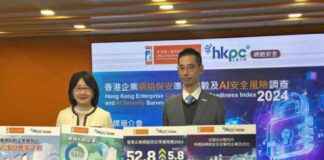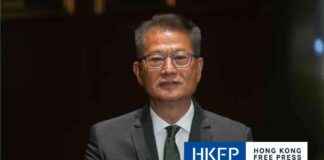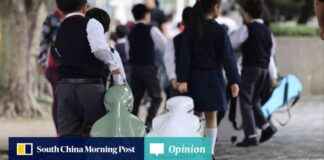Japan’s Approach to Addressing the Fertility Crisis: A Deep Dive into Elective Egg Freezing
As Japan continues to grapple with alarmingly low fertility rates, the Tokyo Metropolitan Government has implemented a novel strategy to combat this pressing issue: subsidizing elective egg freezing (EEF). This initiative, however, has sparked debates and raised questions about its underlying objectives and implications for women’s autonomy in a rapidly changing society.
The Decline in Fertility Rates and the Rise of EEF Subsidies
With Japan’s total fertility rate plummeting to a mere 1.2 in 2023, concerns about the country’s demographic future have reached a fever pitch. In response to this crisis, the Tokyo Metropolitan Government rolled out a subsidy program for EEF in 2020, aiming to incentivize the preservation of fertility for women amidst challenging circumstances that make starting families increasingly difficult.
The subsidy program, originally intended to support a limited number of applicants, quickly gained immense popularity and led to an overwhelming response from over 7000 women seeking to freeze their eggs. This surge in demand prompted the Tokyo Metropolitan Assembly to approve plans for expanding the program, ultimately accommodating the growing interest in EEF among women in Greater Tokyo.
Challenges and Complexities of EEF in Japan
Despite the surge in interest in EEF and the government’s efforts to promote this reproductive technology, data reveals a stark reality: a low utilization rate of frozen eggs and a modest live birth rate per egg thawed. A study conducted at Junetendo Urayasu Hospital shed light on these statistics, indicating that while many women opt for egg freezing, only a small percentage ultimately use their frozen eggs to conceive.
Moreover, Japan’s stringent regulations on accessing frozen eggs, including the requirement for spousal consent, pose significant barriers for single women and LGBTQ+ individuals seeking to utilize this technology for family planning. This restrictive policy underscores the deeply ingrained traditional gender and family norms that continue to shape reproductive choices in Japanese society.
The Impact of EEF Subsidies on Fertility Policy and Gender Equality
Despite the well-intentioned nature of EEF subsidies in addressing the fertility crisis, questions arise about their cost-effectiveness and alignment with broader goals of promoting gender equality and reproductive autonomy. While EEF offers individuals facing infertility a range of reproductive choices, framing it solely as a means to increase birth rates or uphold traditional family structures may overlook the diverse needs and aspirations of women in contemporary Japan.
The evolving landscape of assisted reproductive technology in Japan reflects a complex interplay of cultural norms, economic pressures, and societal expectations that shape women’s decisions around fertility preservation. As women increasingly delay childbirth due to educational and career pursuits, the role of EEF emerges as a potential solution to adapt to these shifting dynamics and provide women with greater control over their reproductive futures.
Moving Towards a Comprehensive Approach to Fertility Policies
In light of the evolving discourse on EEF and its implications for fertility policy in Japan, a critical reevaluation of existing regulations and societal norms is imperative. Striking a balance between supporting women’s reproductive choices and addressing the broader challenges of declining birth rates requires a nuanced and inclusive approach that considers the diverse needs and perspectives of women across different life stages and circumstances.
As Japan navigates the complexities of its fertility crisis and grapples with the implications of EEF subsidies, a reimagining of fertility policies that prioritize gender equality, reproductive autonomy, and inclusive family structures is essential. By fostering a more open and inclusive dialogue on fertility issues, Japan can pave the way for a more equitable and sustainable approach to addressing its demographic challenges in the years to come.



















